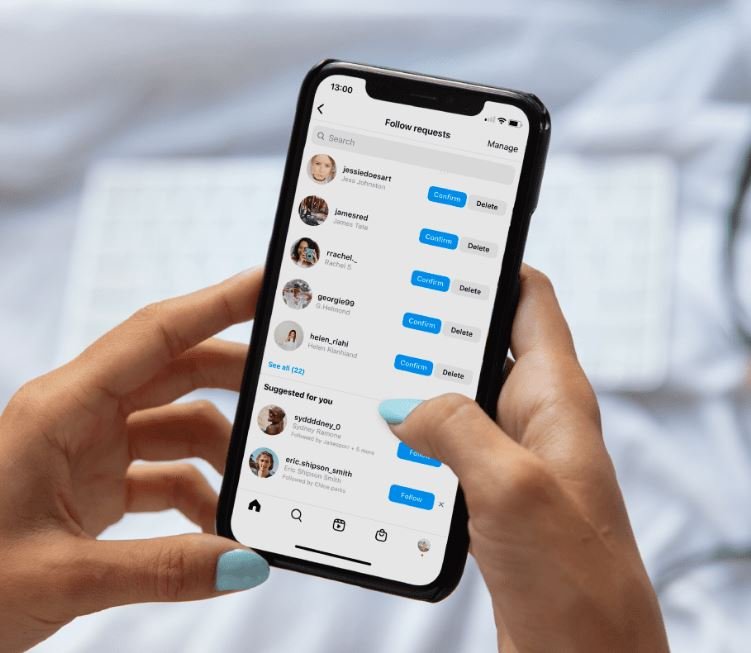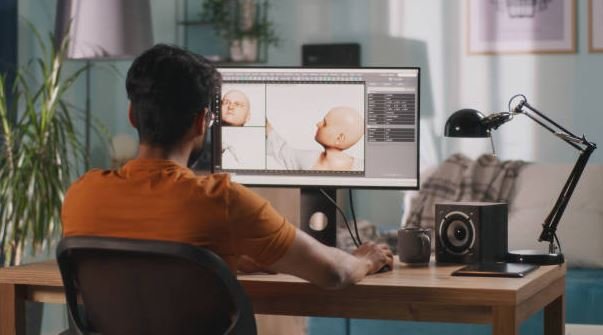If you spend enough time on the internet, you’ll know that clickbait is everywhere. Clickbait, at its core, is an alluring headline or image designed to encourage users to click through to a piece of content.
Some of these headlines are written so that they leave out important details or create false expectations about what the content contains. The goal of this type of marketing tactic is simple: Increase clicks (and, ideally, conversions) by enticing readers into clicking through from social media platforms like TikTok, Facebook, or Twitter onto your website.
But with so many different types of content vying for viewers’ attention on social media sites every day and continually updated algorithms that make it challenging for companies to get their posts seen. So, how do you ensure that yours stands out?
In this post, I will take you through what clickbait is, how it works, how to create Clickbait titles, and other cool things about clickbait that you should know.
What is Clickbait?
Clickbait is a type of content that is designed to get attention. It often refers to headlines with exaggerated or sensationalized language. Still, clickbait can also refer to other forms of bait (such as images) to entice readers into clicking on a link.
The purpose of clickbait is to encourage people to click on a link to generate advertising revenue by promising interesting, shocking, or humorous content.
Clickbait headlines are commonly found on YouTube and other social media sites. These headlines often include shocking or gossip-related content to elicit readers’ reactions.
It leads readers into the story with some curiosity gap: what happened next? Why did they do that? What’s going on? These are all questions clickbait aims to answer and can be used in any industry or topic. Click baits are fantastic tools for creating and feeling the curiosity gap in the minds of readers and internet surfers.
How To Create Clickbait Headlines?
If you want your blog post, YouTube video, or other content to go viral and get tons of traffic, it will probably need a clickbait title. In this article, I’ll explain how you can create clickbait headlines for your articles, videos, and other forms of content so that they get more views and shares than ever before.
Use Google Alerts To Find Out What’s Trending
When creating a clickbait headline, you need to use Google alerts to find the trending topics or phrases to make your headlines in line with the trending keywords and topics.
Use Numbers Or Listicle Format
Using numbers and Listicle forms of click baits will help your headline rank, be on the faces of your potential readers, and generate the much-needed traffic you want.
Offer Immediate Value To Your Reader
Let your Reader find what they are looking for when they click on your headline. Your headline should assure readers that your article will give them the value they seek.
Use A Teaser
The best way to get people to click on your article is by using a teaser in your headline. A teaser is a way of getting people interested in the topic without giving them all the necessary information. It’s like giving someone the first sentence of a book and making them want to read more.
How Do Clickbait Sites Make Money?
Clickbait sites generally make money by creating content to enhance their page and website views. These views turn into traffic to the pages and sites and profit the site owners through advertising money.
How Do You Make Clickbait?
Creating clickbait requires you to leverage and use trending topics and keywords to write headlines and your articles. When doing this, you should make some hype and a sense of urgency in the tone of your clickbait headline.
Is Clickbaiting Illegal?
Clickbaiting isn’t illegal. In general, publishers use clickbait headlines to increase traffic to their sites. Some people believe that clickbait is illegal because it misleads consumers into clicking on links they would have otherwise ignored.
How To Use Clickbait

To develop clickbait, you should first identify your readers’ interests. Then choose a topic that is relevant to their interests and has the potential to get them hooked. Your headline should be attractive and relevant. You should write it to make people want to know more about what you are writing about.
Write content with a strong hook; this means that your headlines must have something interesting or exciting that will make readers want to click on them and read more of the article.
You can personalize your content for each Reader by using words they would be interested in seeing based on their search history or browsing history, so they return if they like what they see when they click on one of your links.
If you wish to create a good clickbait, these tips below will significantly help you. The tips include:
1. Identify Your Readers’ Interests
Your readers have a distinct set of interests and pain points that you can leverage to create content that will be compelling to them. Identify these interests and pains to develop highly clickable content that brings traffic from your target audience.
2. Know Your Target Audience
Knowing who your audience is is essential in creating clickbait. This is because you can speak directly to them and tailor what you say accordingly.
Your blog may be aimed at women aged 30-40 who live in New York City, so using words like “mommy blogger” will help attract readers who fit this profile while alienating anyone else.
3. Choose The Right Topic
It would be best if you chose a topic that is relevant to your readers and trending, with higher traffic potential. The issues you choose should be controversial too to raise the interest and curiosity of readers. This will attract attention from people interested in what you have to say about the subject, even if they are not interested in your site per se.
4. Make A Headline That’s Attractive And Relevant
When writing a headline, you should ensure that it’s relevant to the content, attractive and short. The headline must be relevant to the article, so users understand what they’re clicking on. If it’s not appropriate, then users will lose interest quickly.
Clickbait headlines typically employ one or more of these tactics. Use urgent language and phrases such as “you won’t believe this.” Use of questions in headlines as if they were statements (e.g., “This Is Why You Should Never Date An Athlete”)
Putting up numbers that are not backed up by statistics in headlines (e.g., “9 Reasons You Need To Watch This Video Right Now”)
Also, the headline must be attractive enough so that people are willing to stick around long enough to read your article. If your headlines aren’t attracting clicks, you won’t get any traffic which means no revenue.
Your headlines should be clear (not vague) for readers looking for more information about their reading.
5. Write Your Content With A Strong Hook
The hook is the first sentence of your article, and it should be something that entices readers to read more. They should also be something they can relate to, so they feel it’s written for them specifically.
For example, if you write about how to make your pizza crust from scratch and add some secret ingredient that makes it taste better than store-bought pizza crust every time, that will catch my attention.
6. Write An Enticing Meta Description That Will Get Readers To Click On Your Link
To add some zest to your clickbait, write a meta description that’s as enticing and interesting as the article. The meta description should be short and sweet, with no more than 150 characters. Writing an enticing meta description is one of the biggest challenges in creating successful clickbait.
You want your Reader to understand your article’s relevance to their search query; otherwise, they won’t click on it. It would help if you accurately portrayed what your content is about, so people searching for keywords like yours on Google, Bing, or any other search engines will land on your page instead of someone else’s.
Make sure that whatever you’re writing about is compelling enough for them to read. For example: “What if I told you there was a way for everyone with a smartphone to make money?” Would this pique your interest enough? Of course, it would. Now imagine if it said something like “How To Save Your Smartphone From Getting Wet?” Hmm, not so much
7. Engage In Personalizing Your Content For Each Reader
If possible, use marketing automation software, like HubSpot’s Marketing Hub or Marketing Free CRM. It can help you identify who you’re speaking to and how to tailor your message effectively, so it resonates with them.
Personalization is just as important for readers as it is for customers. When someone visits a website and sees an article about something they care about, the last thing they want to see is irrelevant or generic information that doesn’t speak directly to them.
You’ll lose their attention very quickly if all you have are broad statements that don’t address their specific needs, questions, and concerns.
Is Clickbait Good or Bad?
You may be wondering: Is clickbait excellent or bad? Well, the answer is that it’s all a matter of perspective. Some people think that clickbait is terrible because it represents a form of deception and manipulation.
Clickbait articles often withhold information until the end of the article, leading you to believe something other than what was advertised at the top of the headline.
In this way, it might seem like clickbait is taking advantage of readers who want to learn more about a topic but don’t know what they’re getting into until they’ve already invested their time in reading an entire article (which can be quite long, most times).
This can also make people feel tricked into clicking on links by deceiving them into believing something else will come up than what ultimately does, and those things aren’t even related.
This type of deception doesn’t benefit anyone involved; not you as a reader who gets frustrated trying to find some helpful information out there, not us as writers trying our best only because we care about helping others become informed, and not advertisers who have no idea how many people engaged with their ads (or did so accidentally).
Is Clickbait Ever Used for Good?
A lot of clickbait is used to get you to click on something you don’t want to be clicking on. Clickbait is a type of content designed to induce clicks and can be done in various ways.
The most common way this kind of content gets spread around social media sites like Facebook or Twitter is by using shocking headlines, such as “You won’t believe what this woman did when she found out her husband was cheating!”
But sometimes, clickbait can also be used for good to raise awareness about an issue or situation that needs attention and support. I know a handful of big corporations and organizations that use clickbait tactics because they know they will get more traffic than if they had published their content without clickbaity headlines.
For example, suppose you were trying to raise awareness about how dangerous animal testing is for animals (and humans). In that case, you could create an article with a title like “The Most Shocking Animal Testing Video You’ve Ever Seen.”
The goal would be for people who wouldn’t usually care about animal abuse to see your post and feel motivated enough by the video’s graphic nature that they’d share it themselves so others could watch too after seeing just how horrific things are at these animal testing facilities.
Types Of Clickbait
Clickbait headlines are everywhere online and a broad in scope and application. There are many different types of clickbait. Here are some common ones:
The Listicle
This type of clickbait involves using a list of links that are given an exciting or provocative title (e.g., “10 Things You Didn’t Know About the Cheetah”).
The Question
This clickbait type uses article titles that pose questions (e.g., “Can Dogs Get Stomach Flu?”).
The Vague Statement
“You Won’t Believe What These People Did For Their Dogs” is a statement like this issue to attract the attention of people, whether they like dogs or not. Vague ideas come in handy when creating content for a cold audience.
Why Clickbait Works
To understand why clickbait is so effective, we need to look at the curiosity gap, a psychological phenomenon that occurs when the gap between what we know and what we want to know is too large.
Click baits are clickable because of this. It is why clickbait is so successful in getting people to your website or blog post, even if they aren’t interested in it otherwise.
Because clickbait tries to cover the curiosity gaps in readers’ minds, they work and have continued to be used by advertisers and bloggers.
Examples Of Great Clickbait
Several examples of click baits marketers use daily to pull attention. Here’s an example of a clickbait headline you can use for Youtube, “This is what happens when you leave your dog alone for 15 minutes.” This headline will generate interest in readers who want to know what happened.
An article titled “10 things men do wrong when they try to be romantic.” The title makes it seem like the report provides helpful information for women about how their partners should behave, but in reality, it’s just an opinion piece about how men can improve with romance. This bait gets people clicking because they want to see if their partner is guilty of these behaviors.
A video titled “How To Become a Millionaire In 3 Years Without Working 80 Hours Per Week Or More Than You Already Do Now?” This one is pretty obvious. If we’re looking at ways, we can earn more money without working as much and still make ends meet and pay down our student loans or buy a house one day. Then this seems like something worth watching (or at least checking out).
The truth is that clickbait can be good or bad, depending on the situation. If you’re using it for personal gain without regard to whether it’s helpful, then that’s not ethical.
However, using clickbait is beneficial if you’re trying to get people interested in a topic. It works because it creates a curiosity gap that drives people towards your content. There are different types of clickbait, so make sure you know what kind will work best before using one yourself.
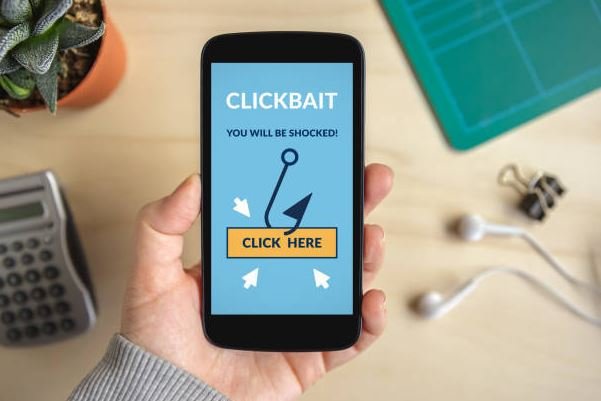
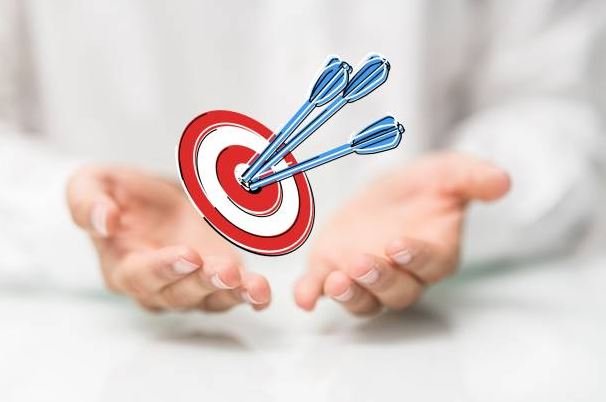

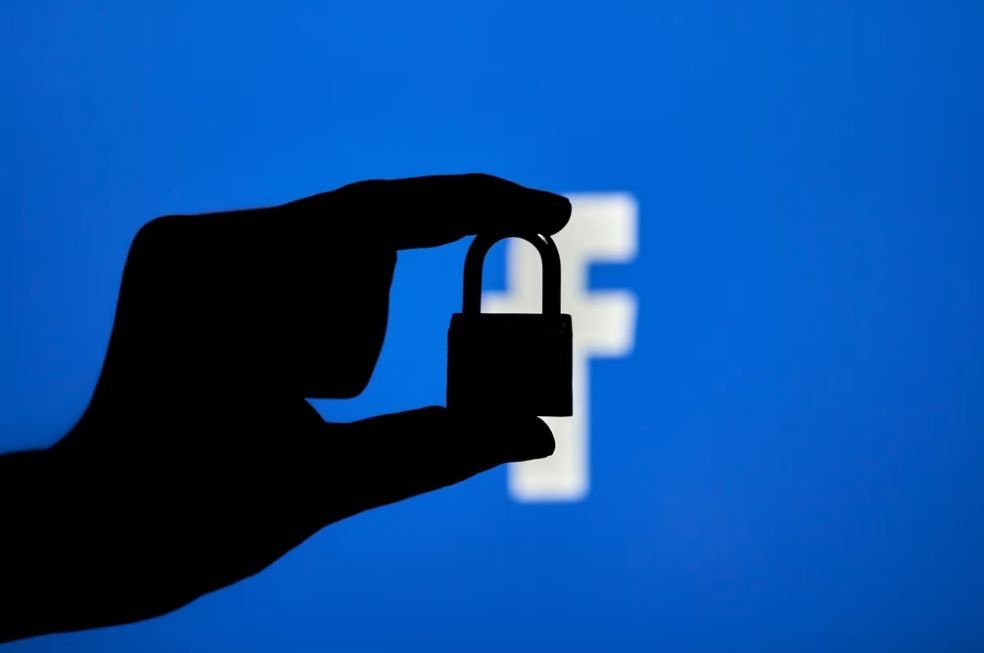

![How To Get Funding For An Online Startup [10 Easy Ways]](https://incomeryschool.com/wp-content/uploads/2024/02/How-To-Get-Funding-For-An-Online-Startup-10-Easy.jpg)
